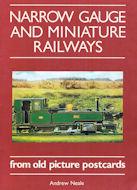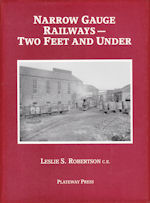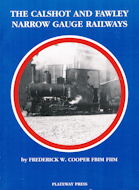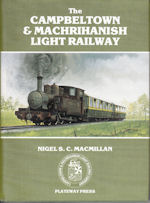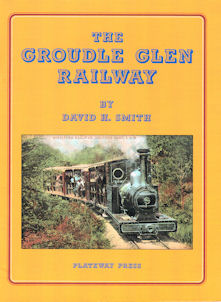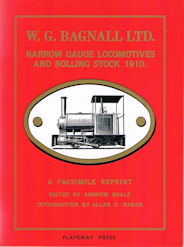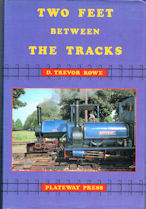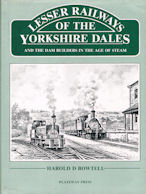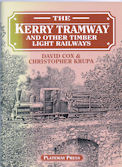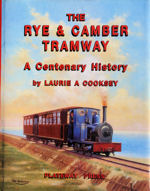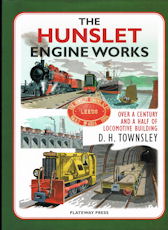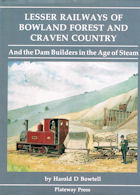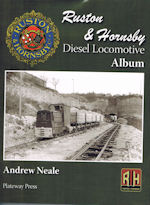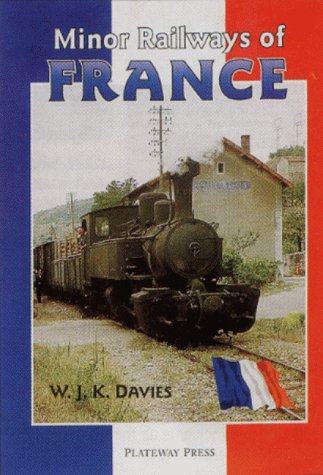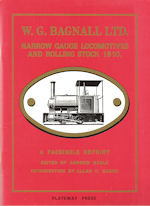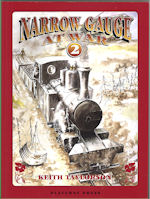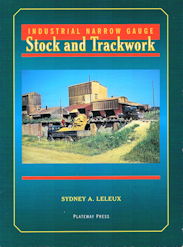Sir Arthur Heywood and the Fifteen Inch Gauge Railways
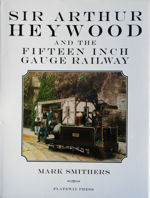
Dimensions: 275 mm x 211 mm
Published by: Plateway Press
Author: Mark Smithers
Sir Arthur Heywood and the Fifteen Inch Gauge Railways
By the latter part of the 19th century narrow gauge railways had become accepted as a viable technical and commercial proposition, but railways of less than 18 inch gauge were regarded as toys for the amusement of the well-to-dos. All this was to change with the arrival on the scene of Sir Arthur Percival Heywood.A landed aristocrat with a passion for things mechanical, he was obliged by social conventions to pursue his railway engineering activities at an amateur level. Despite this he played a pivotal role in shaping miniature and narrow gauge railway practice, and his influence is still felt today. Heywood set out to show that a small gauge railway could be an economic alternative to the horse and cart for the conveyance of loads too small to justify the building of a conventional railway. He concluded that 15 inches was the minimum gauge and set out to prove his theory by building the Duffield Bank Railway in 1874. His tireless promotion of the gauge led to the building of a second, larger railway for the Duke of Westminster at Eaton Hall in Cheshire.This was used for the transport of coal and household goods, visitors to the estate and recreation for the family. Heywood designed and built his own locomotives for both railways and several of them went on to see new life on the Ravenglass & Eskdale Railway after 1915 and 15 inch gauge eventually became the favoured gauge for many passenger carrying pleasures lines in Great Britain.
Hardcover, 192 pages, 124 b/w illustrations, 40 maps and drawings.

